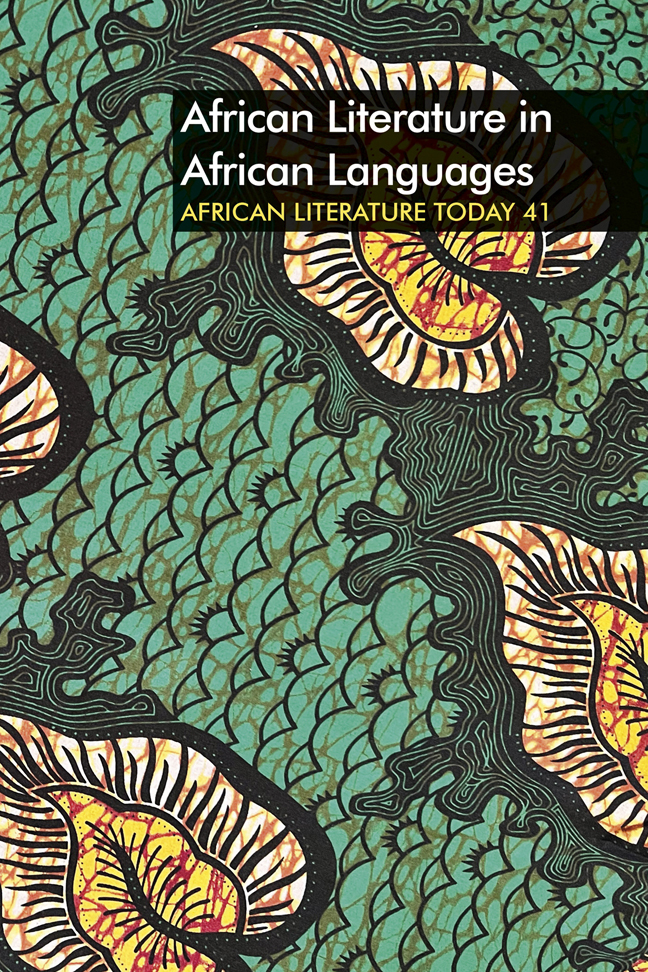Costume as Mystico-Metaphoric Communication in Toni Duruaku's A Matter of Identity: A Semiotic Analysis
Published online by Cambridge University Press: 22 February 2024
Summary
Costume encompasses all the garments and accessories used in a theatrical performance, in addition to ‘all items relating to hairdressing, and everything associated with face and body makeup, including masks’ (Barranger, Theatre: A Way of Seeing 247). Costume indicates the historical and geographic settings of a theatrical presentation, and portrays characterization (Eze & Akas, ‘Costume and Makeup as a Tool for Cultural Interpretation’ 23). Furthermore, it indicates the relationships among characters, such that members of the same groups, for example, would be recognizable by the similarity of their costumes. In addition, costume changes may signal corresponding changes in the relationships between characters and their roles (Umukoro, ‘Traditionalism in Ola Rotimi's Drama’ 107). Costume also ensures that the audience understands how each character fits into the production (Ommanney and Schanker, The Stage and the School 348). In effect, costume possesses, and in the hands of a good director, is consciously designed to embody a high communicative potential. It may, therefore, be considered a vital non-verbal communication code in theatre (Eze & Akas 23), and a fundamental part of the total design of a theatrical production. In spite of its importance however, costume has not been adequately documented or researched (Elam, The Semiotics of Theatre and Drama 31).
This article explores from a semiotic perspective the symbolism of costume and its aesthetic and semiotic functions in a theatrical production of Toni Duruaku's play, A Matter of Identity, which was presented as the finale of the 2010 Convocation of Alvan Ikoku Federal College of Education, Owerri, Imo State, Nigeria by Heritage Theatre Network, Owerri, an organization founded by the playwright and focused on African theatre, hybrid drama modelling, culture, and the translation of drama in English into Igbo.
All the costumes used in this production (apart from those of the ancestral spirits) were designed and produced by the author of this article in her capacity as Costumier for the production.
Directed by Duruaku himself, this mythical metaphoric play depicts an imaginary postcolonial community, Umukwenu. Unable and/or unwilling to preserve, develop, and uphold its indigenous cultural identity, Umukwenu is on the verge of cultural death. The community has rejected its own cultural values, and has, instead, chosen ‘wholesale adoption’ rather than ‘adaptation’ (Duruaku 54), of a foreign culture, with disastrous consequences.
- Type
- Chapter
- Information
- African Literature in African Languages , pp. 120 - 131Publisher: Boydell & BrewerPrint publication year: 2023

